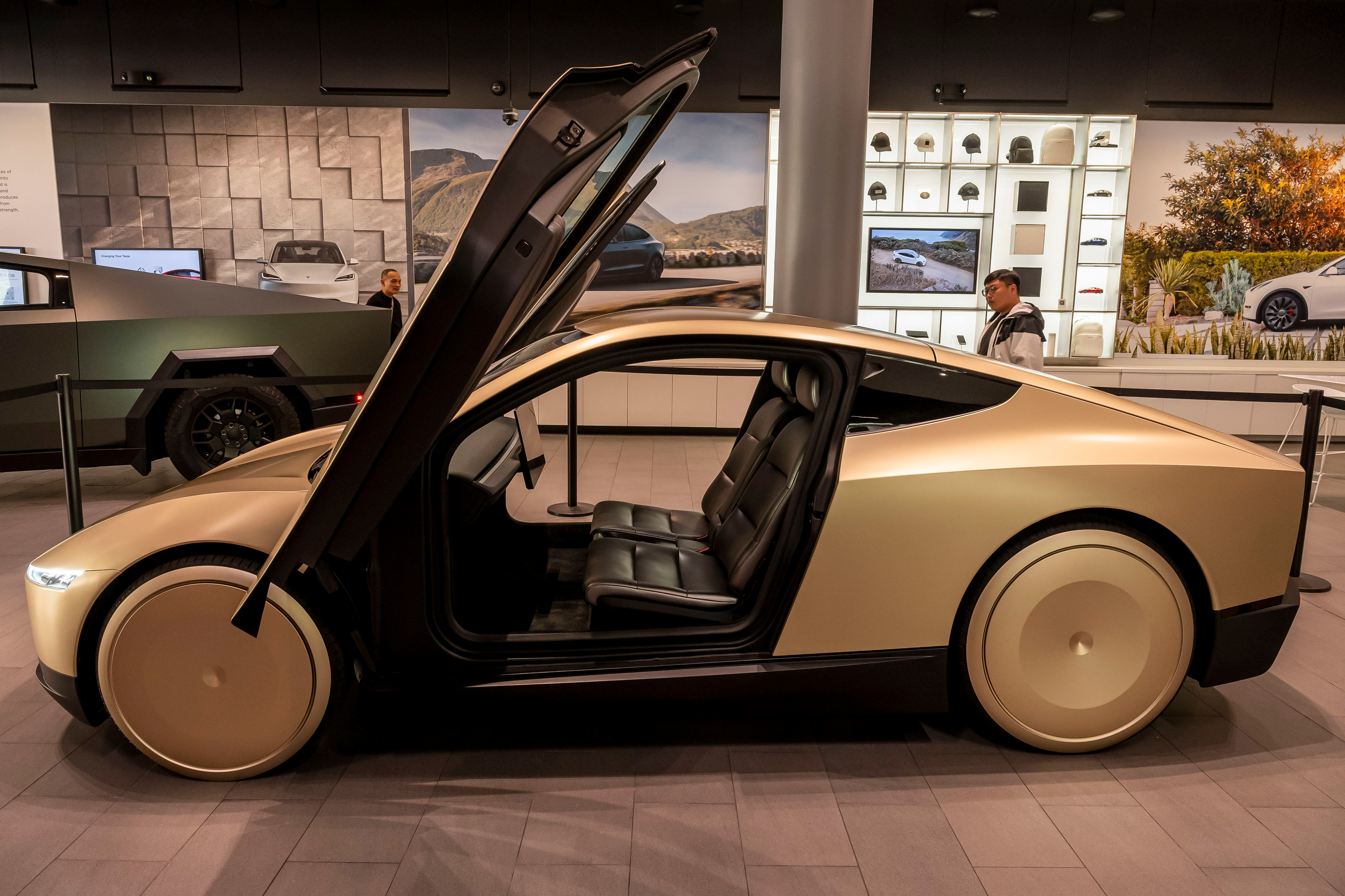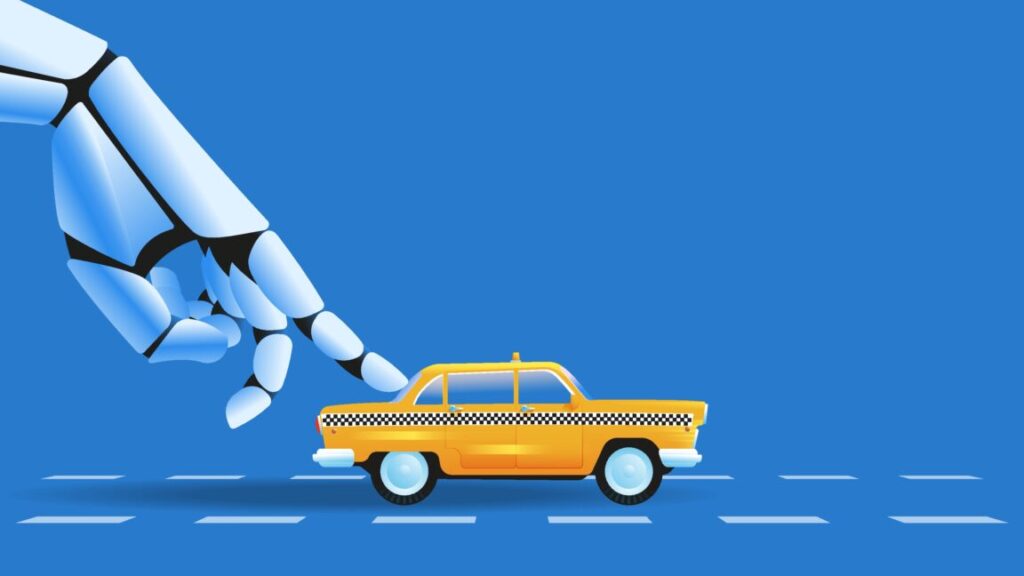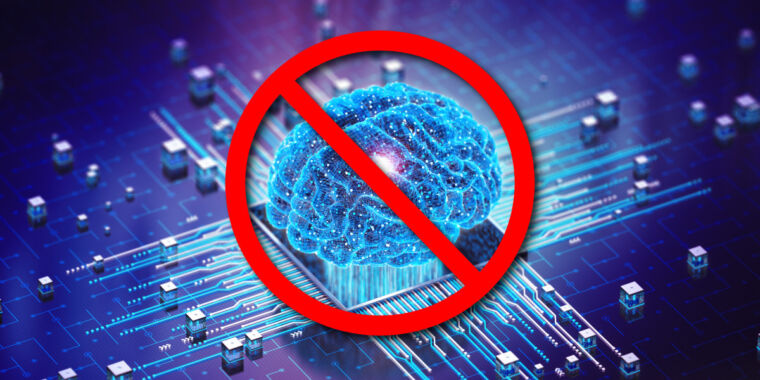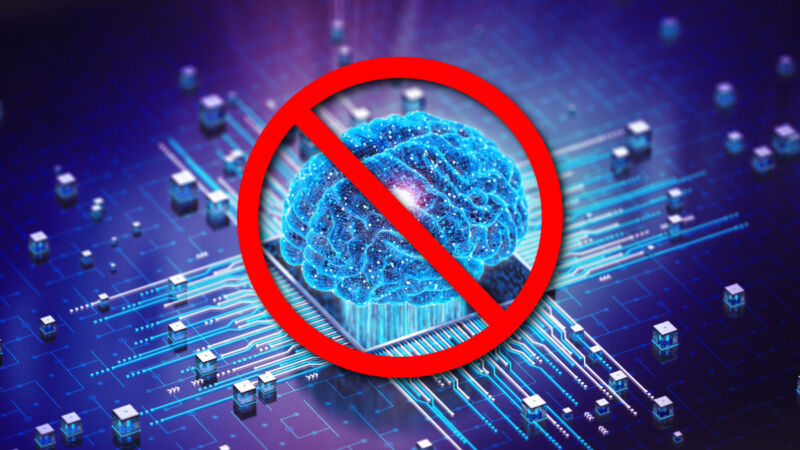USPTO refuses Tesla Robotaxi trademark as “merely descriptive”
“We are an AI, robotics company,” Tesla CEO Elon Musk announced last April. Despite the fact that the company’s revenues are overwhelmingly derived from selling new electric vehicles, such prosaic activities hold no luster for the boss. Instead, Tesla’s future, according to Musk, depends upon a (claimed) sub-$30,000 driverless two-seater, revealed to the world last October in a staged demonstration on a film set. But Musk’s plans just hit a snag: The company must find some new names.
As spotted by Sean O’Kane at TechCrunch, the United States Patent and Trademark Office has informed Tesla that it will not be allowed to trademark the word “robotaxi” to describe the vehicle. According to the USPTO, the term is far too generic. Indeed, a Google n-gram search shows a steady growth in the use of “robotaxi” starting more than a decade ago.
According to the USPTO, the term is merely descriptive. The agency cites evidence from Wikipedia, The Verge, and the Amazon-backed autonomous vehicle startup Zoox in its denial of Tesla’s trademark application.

Maybe they should just have called it the Teslapod. Credit: David Paul Morris/Bloomberg via Getty Images
Tesla could challenge this decision, but it would have to show the USPTO all the product’s marketing materials, brochures, and manuals that intend to use the name. If those aren’t available, Tesla must explain to the patent and trademark office’s satisfaction how this product will differ from others, with detailed specifics, not generalities. Tesla must also explain whether the car features robotic systems and whether any of Tesla’s competitors use “robo,” “robot,” or “robotic” to describe their own goods and services—the fact that Zoox refers to its autonomous pods as robotaxis will be very inconvenient for Tesla.
It’s not the first time that Tesla has been accused of a lack of originality. Alcon Entertainment sued Warner Brothers and Tesla after it refused them permission and adamantly objected to WB’s and Tesla’s attempt to link the vehicle with vehicles seen in Blade Runner 2049. Although Tesla attempted to get the case dismissed, in April, the court ordered the parties to enter into mediation.
USPTO refuses Tesla Robotaxi trademark as “merely descriptive” Read More »


